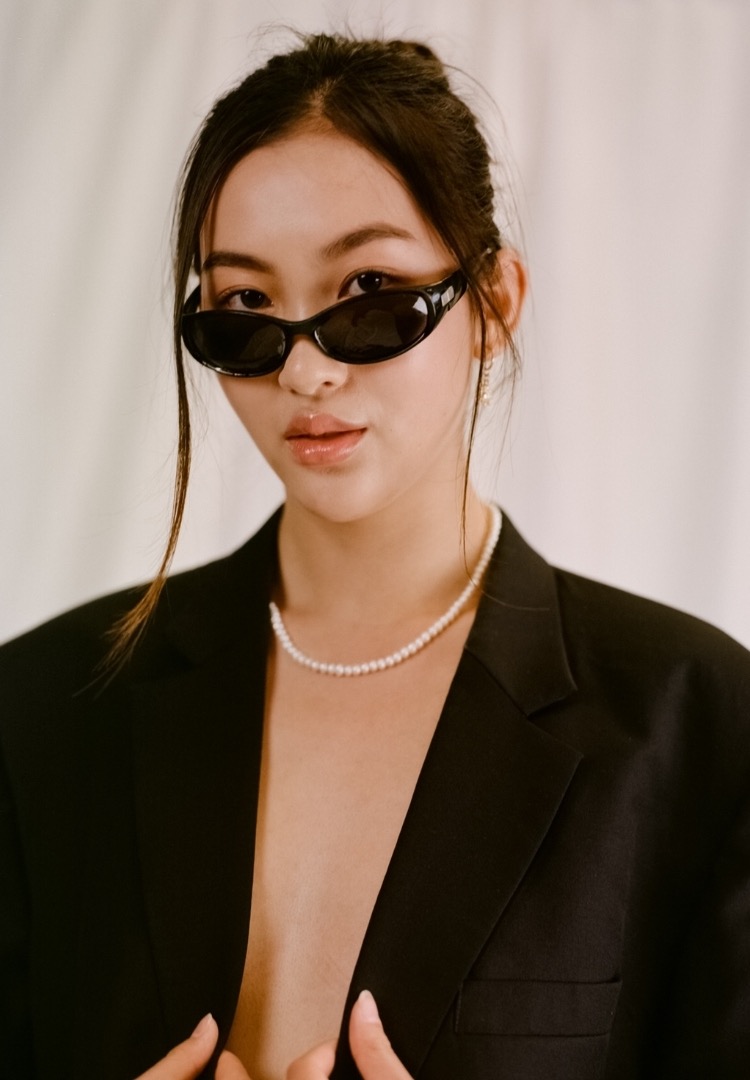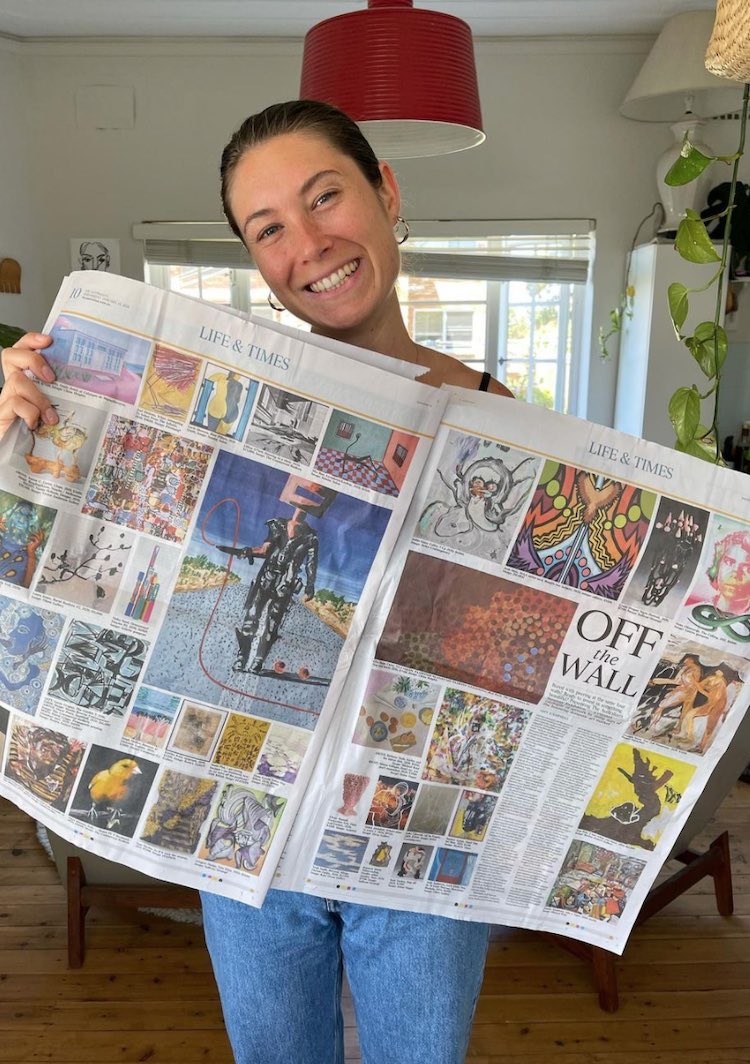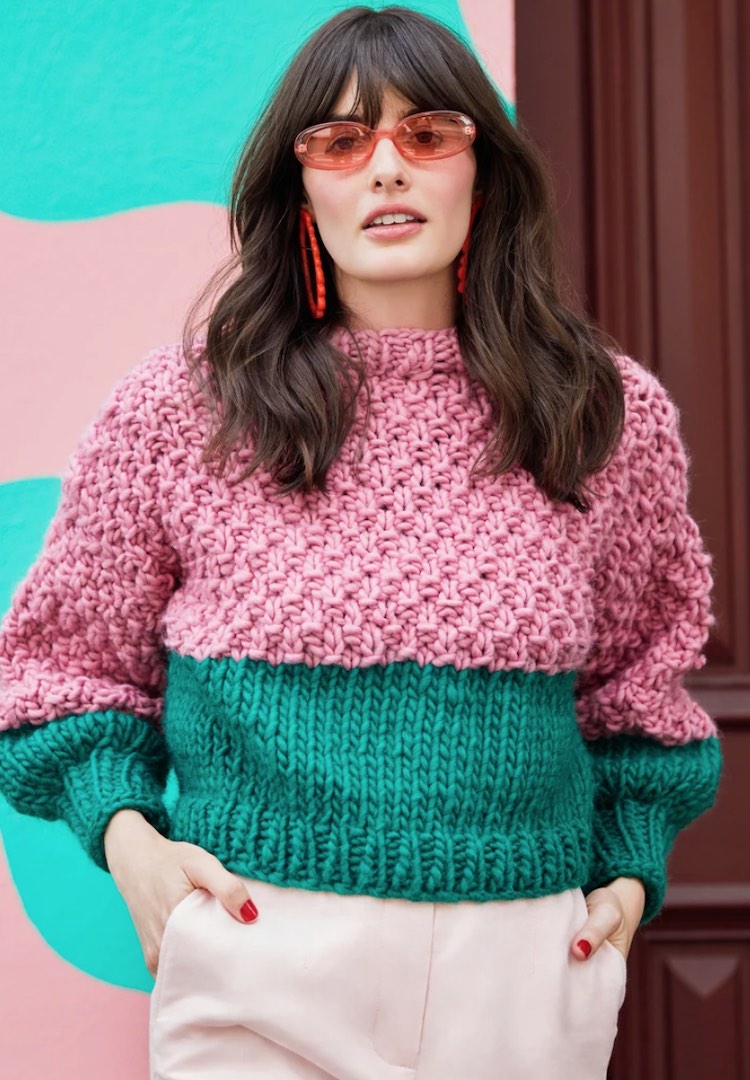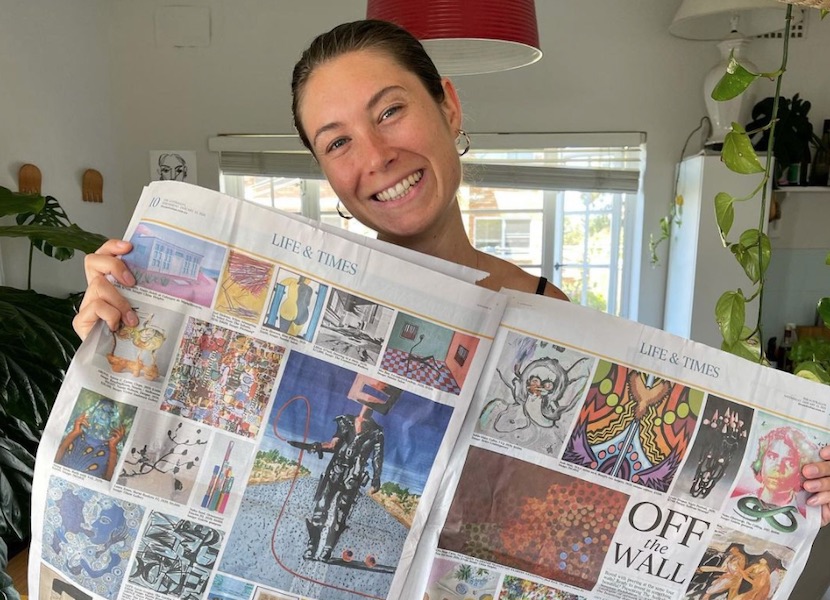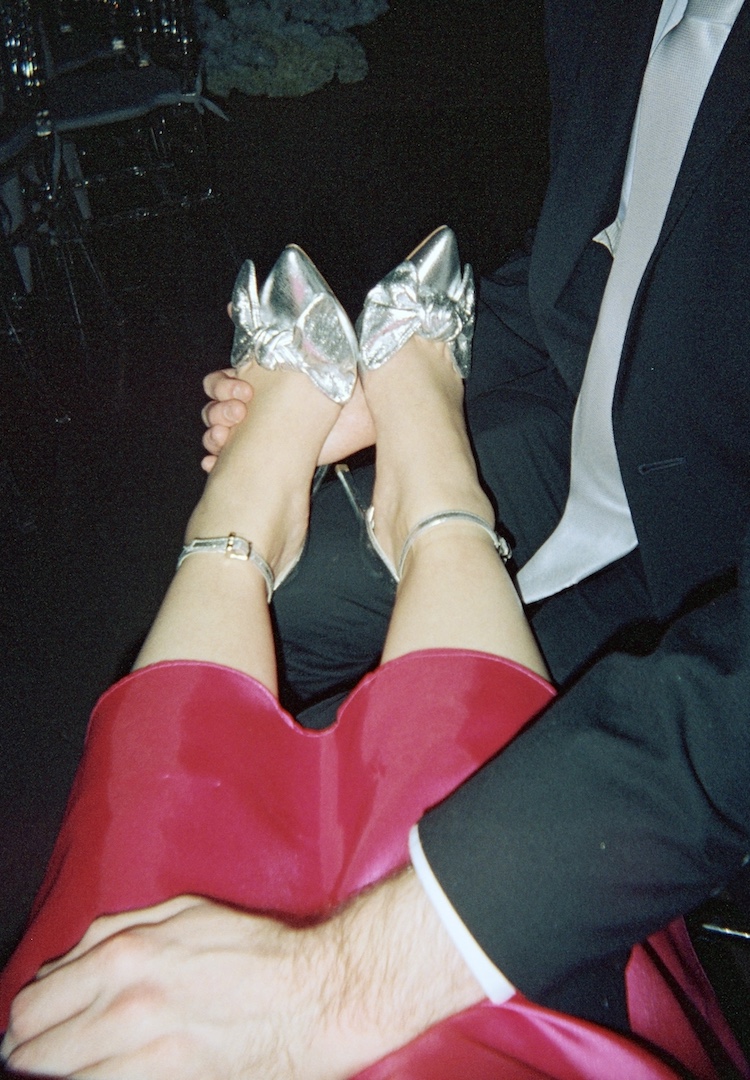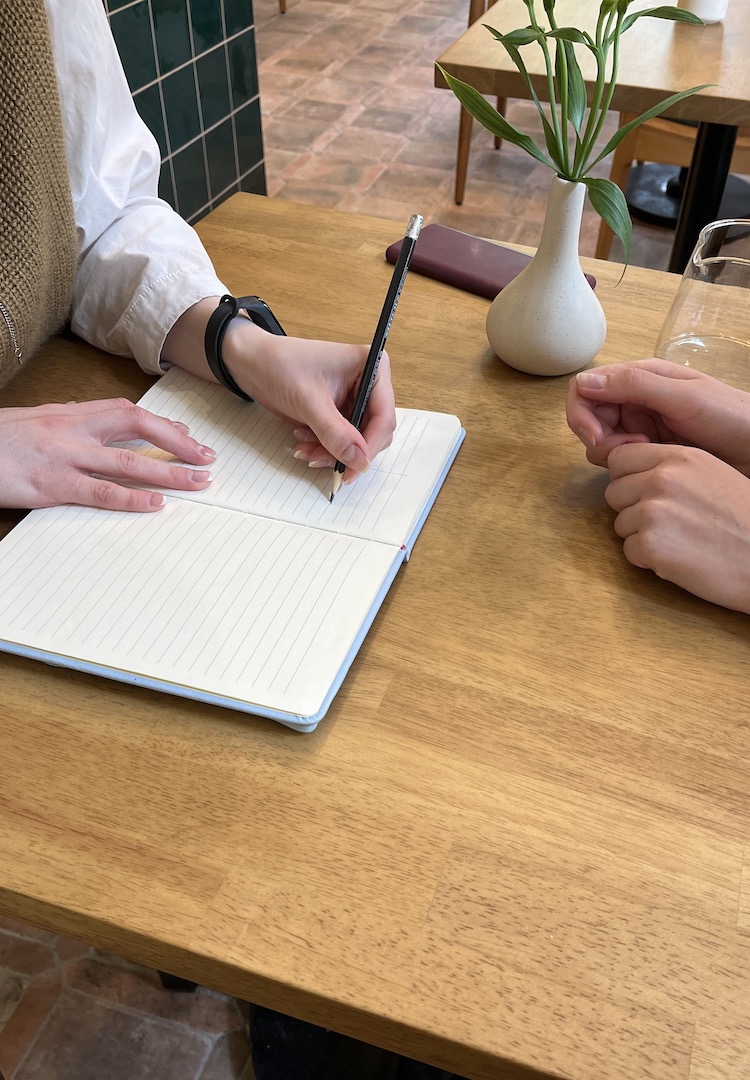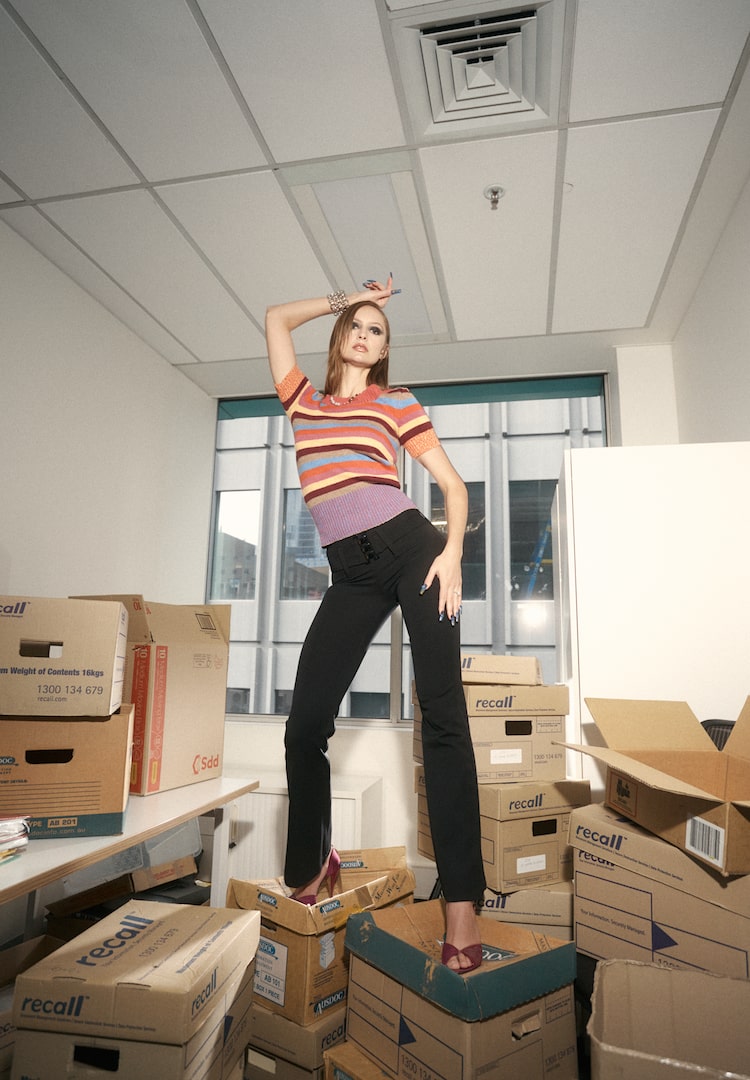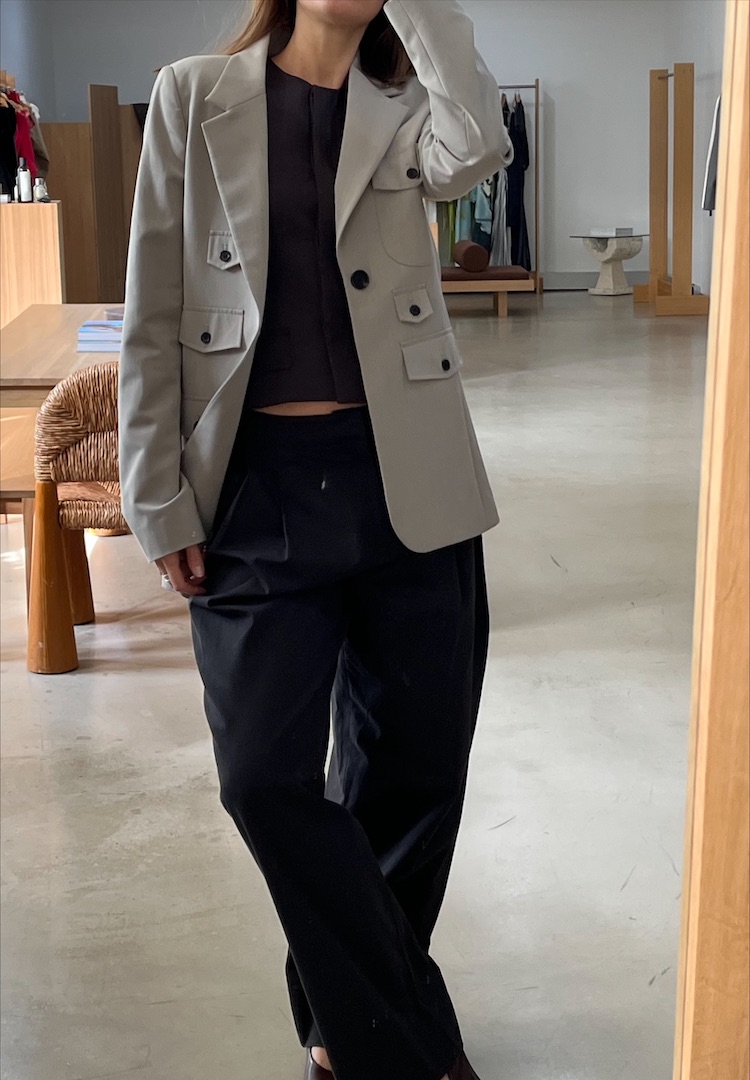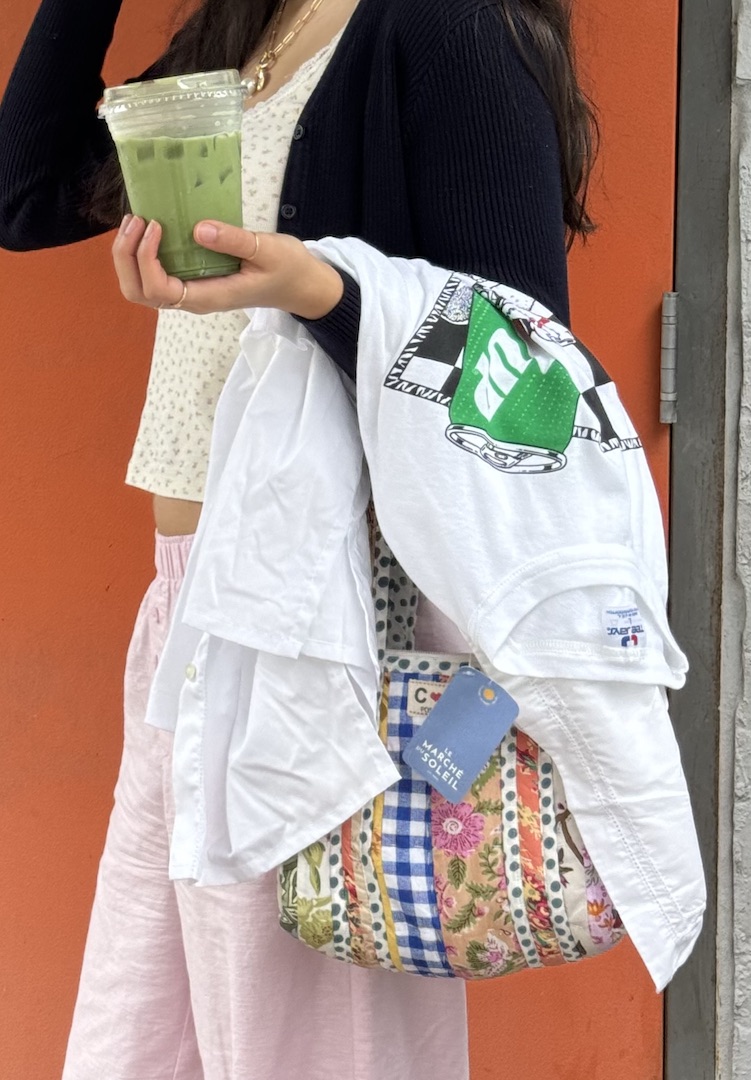How to start freelance writing, according to some Australian and New Zealand professionals
IMAGE VIA AMY CAMPBELL
WORDS BY GENEVIEVE PHELAN
Write your heart out and the rest will follow.
When I first started freelance writing, I felt like a complete noob. I idolised the editorial teams and editors of decades-long tenures in the Australian print publishing industry, but I knew writing was something I loved in microbursts, when the feeling hit. Some days, I have nothing wordy to give. Others, ideas will surge, phrases will flow and pitches will percolate with ease.
Looking for more career advice? Subscribe here and we’ll send it straight to your inbox each week.
Primed by a few local internships in the lifestyle realm, I was hooked on the whole writing thing, but knew I didn’t want to sit in the same office every day. Although a lot of those internships and work experience gigs were unpaid, I earned priceless nights on the events circuit, flitting in and out of the inner sanctum of Australian media while completing a communications degree at RMIT.
There were restaurant launches, comedy galas, cocktail masterclasses, yoga sessions – you name it, I attended it and then usually wrote about it (with a hangover). I’ll never forget the morning one editor smacked a Berocca down on my desk at 9am on a Friday morning off the back of a Chapel Street bar opening.
My position on the periphery of this exciting world was not only fun but insanely formative. It was through all the unpaid stuff that I got the experience under my belt, which helped me back myself in those first (very tragic) pitching attempts to Fashion Journal, Sauce and Beat Magazine.
My first pitch to Fashion Journal was in 2019 during a stint in Sydney. When I received an email from past-editor Sasha Gattermayr, I cried on my train ride home. Since then, I’ve learned to pitch a bunch of ideas, even if they seem a bit shit at the time. It’s better throwing your stories into the ether with feigned confidence and getting one out of ten accepted than never having given it a red-hot crack.
I’ve realised that I write best about personal issues, dating dalliances and uncomfortable convo topics. News pieces and topics I’m not passionate about feel like a chore, but if my heart’s in it and I think a girlfriend could relate to it, I’ll go into the vortex for days.
A lot of inspiration over the years has also come from obsessively following writers I love and identify with and doing my research on relevant publications. When I was in high school, I religiously read Eliza Sholly’s work for Fashion Journal (and now Australian Traveller). When we somehow met by fate in the backyard of a Melbourne house party at 1am, I walked straight up to her and drunkenly told her how cool I thought she was.
They say never meet your idols, but I’m all for following their work, picking their brain and probing them for advice on how they got to where they are now. I spoke to a few of my favourite freelancers in the Australian orbit to ask them how to get those bylines in an extremely competitive industry. As expected, they didn’t disappoint.
Kate Lancaster, beauty and lifestyle writer
View this post on Instagram
When did you start freelancing and how?
I fell into freelance by accident. I was working in a full-time role in magazines that was all-consuming and demanded early starts and late finishes, so I wasn’t looking to take on anything else. Then I sat next to the owner of an incredible international beauty brand at a dinner one night and we really hit it off, so when she asked me if I would consider handling her brand’s copywriting and content – even though they were based in the USA – I was too obsessed with her to say no.
Explain to us how you built up your freelance client network.
I had no active clients when I began freelancing full-time, but I was really fortunate in that I’d spent the years in my previous roles networking hard, which gave me some really solid connections in addition to a good reputation. Everyone was across the armageddon that was happening in the media at the time, so I didn’t have to announce my availability because people were already extremely aware. Within days I had a number of media contemporaries and brands reach out to me with opportunities, which I’ll always be grateful for. It snowballed from there, with my copywriting and content strategy clients referring me on to others. I prioritised doing regular editorial work for respected titles, which meant that I stayed visible in the industry and led to a healthy portfolio and more work.
Best tips for that very first pitch to a publication you’re dying to write for?
Just pitch! It always feels daunting until it’s done, but you’d be surprised where it could get you. I can count on one hand the number of times a young journalist pitched to me when I worked in-house, but I was absolutely open to it. My best advice is to research the publication thoroughly, consider the content they cover and spend time on your ideas. Plot each one out in a small summary and then keep the rest of your email to the commissioning editor super simple. Editors are really busy, now more than ever, so be friendly but precise – ruthlessly slashing your emails down to the bone marrow is a great opportunity to hone your editing skills. Oh, and don’t be too familiar either – it’s still a professional setting, even if you aren’t in an office.
How do you follow up a pitch without feeling like a pest?
As with your previous email, keep it short and to the point and make sure at least a few days has passed before you follow up (only if it’s time-sensitive – if it’s not, wait a week). In the follow-up, ask the editor to confirm if they are interested in your pitch either way and if they’re not interested, to give you a better gauge of what type of pitches they would prefer to receive from you in the future. If you still don’t get a response, don’t take it personally or be discouraged. Media is fast-moving and editors’ inboxes are typically insurmountable war-zones, so just take it on the chin, adapt and pitch your ideas to another publication if you think they’re a fit, and try again with a different pitch next time.
Zeenat Wilkinson, editor of Sauce
View this post on Instagram
When did you start writing, and how?
I am not a trained journalist, and never intended to be one, but once I started my styling job at Grazia, I began to dabble into some of the job’s writing aspects. I still don’t consider myself a professional ‘journalist’ or ‘writer’ and I prefer the term ‘creative’ as I look at my writing style as a way to express myself and share ideas. I think the way to become good at anything is to keep engaging in that specific skill as much as possible. So I’ve been reading a lot and engaging with editorial content online over the years to train myself to write with form and interconnectedness.
Explain to us how you built up your freelance client network.
Probably through my PR job a few years ago and fashion week was another great way to make contacts and meet all the right people. There is an emerging market for content creation for brands and writing for their blogs, so I would suggest doing all your research and sending in two pitch ideas to the brand and sharing some ideas on how you can work with them regularly. Example: two blog posts per month for XYZ fees.
Best tips for that very first pitch to a publication you’re dying to write for?
During my early days, I would call the publication, find out who is in charge of that department from the receptionist, and speak to the person right away and maybe even pitch an idea on the phone or get their email address and email them within the hour of talking to them. This is how I started freelancing for Vogue India many moons ago. My absolute best tip would be to suggest a title for your article/feature/essay – a strong title and subtitle can go a long way. We often receive lots of vague ideas from really good freelance writers, but good titles with a draft would usually seal the deal.
How do you follow up a pitch without feeling like a pest?
Give it a week and then follow up with an email. If there is no reply, leave it there and move on.
Amy Campbell, features writer at Vogue and GQ Australia
View this post on Instagram
When did you start freelance writing and how?
I started freelancing while studying journalism at uni – FJ was the first place to publish me! I worked in fashion retail at the time and I remember having an idea to write something about the comedy of human behaviour at sample sales (back when sample sales still happened IRL). I think I wrote the piece and emailed it to FJ with an intro, and after a few edits it was live!
Explain to us how you built up your freelance client network.
I’m a big advocate for meeting people face to face (where geographically possible). A few of my writing contacts have come out of meeting people at events, where I mustered up the courage to introduce myself (it used to make me so nervous, but usually it’s worth it!). That way, when you follow up with an email later, it’s a lot easier for that editor to put a face to your name. Obviously it’s a bit trickier to meet people face to face right now. But sometimes connecting on LinkedIn or talking on Instagram and Twitter can be a good way to connect with someone before emailing them with a pitch.
Best tips for that very first pitch to a publication you’re dying to write for?
If you’re cold emailing a publication for the first time (and you’re confident you have a good idea) I’d recommend sending them the finished piece of writing rather than just a pitch. It’s quite hard for editors to gauge your writing style if all they have is a pitch, and they’re more likely to commission you if they can see that you’re able to cohere an idea into an engaging piece of writing from start to finish. Make it clear that you’re willing to change and shape the piece as needed, but that you’re sharing it to help give them an idea of your tone and style (of course, if you have links to previously published work, you can just send them). I got this advice from Haley Nahman, whose email newsletter Maybe Baby includes lots of helpful tips on freelancing (and life in general). I highly recommend subscribing!
How do you follow up a pitch without feeling like a pest?
There’s nothing wrong with being a pest (within reason, of course. If an editor has repeatedly told you ‘no thank you’ it’s probably time to stop following up!). A concise ‘I’m hoping to follow up on the pitch/story I sent last week. I’d be grateful for any feedback you have’ is perfectly acceptable, and if you’re still struggling to get a response it might be because the story genuinely isn’t right, or the publication is already covering it (that’s happened to me before!). So instead of constantly following up on the same idea, send them a few more options.
For more tips on freelance writing, head here.

